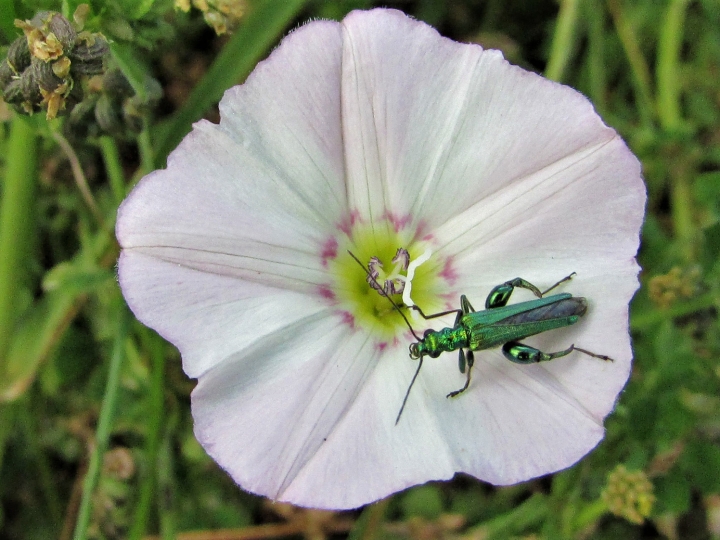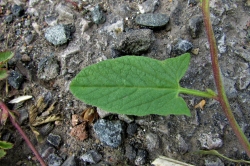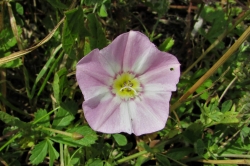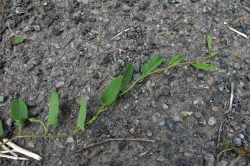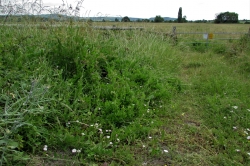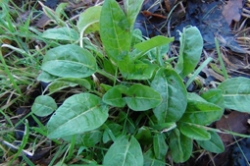Meadow Bindweed is a member of the Morning Glory or Convolvulaceae family and contains poisonous alkaloids including pseudotropine. It can be a real problem for other plants as it can outgrow most of them and takes all the nutrients, sunlight and water for itself.
Home / Hedgerow Guide /
Meadow Bindweed
Meadow Bindweed
| Hedgerow Type | |
| Common Names |
Field Bindweed, Creeping Jenny |
| Scientific Name |
Convolvulus arvensis |
| Season Start |
Jan |
| Season End |
Dec |
Please note that each and every hedgerow item you come across may vary in appearance to these photos.
Leaves
The leaves are arrow shaped with pointed ‘tails’ arranged in a spiral along the creeping, sprawling, climbing stem.
Flowers
The flowers are either pink and white striped, pictured, or plain white and shallowly trumpet shaped.
Stem
Can have a very long sprawling stem that can cover quite a distance and climb almost any obstacle.
Possible Confusion
The leaves look similar to Common Sorrel, pictured, but Sorrel grows in a rosette with one leaf per stem, Meadow Bindweed grows in a tangled mass spreading over some distance with many leaves on a stem.
Frequency
Very Common.
Other Facts
This bindweed is a problem for arable farmers as it is so invasive and can outgrow most species. It is also a problem for livestock causing colic like symptoms if consumed by horses.

